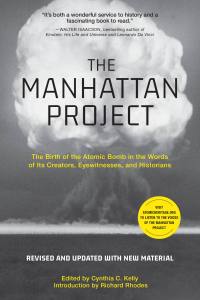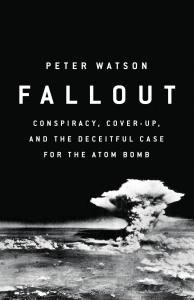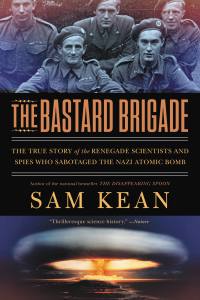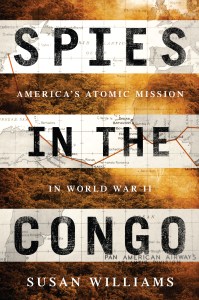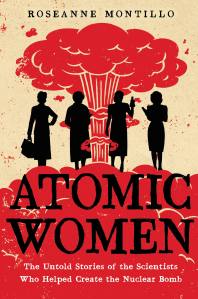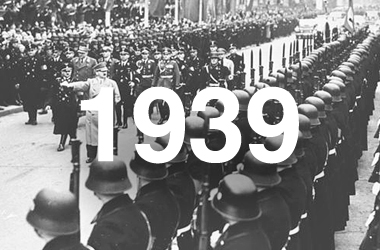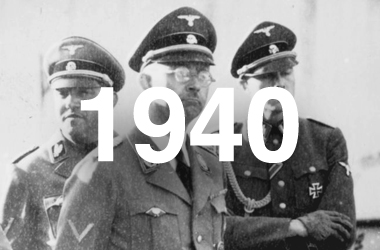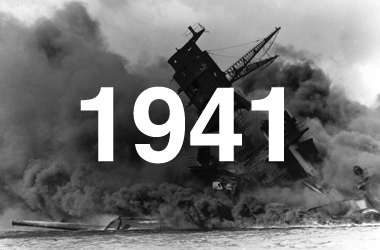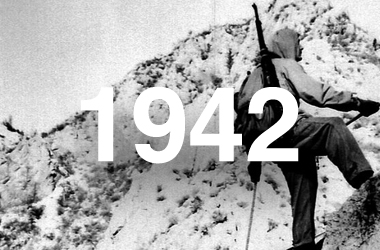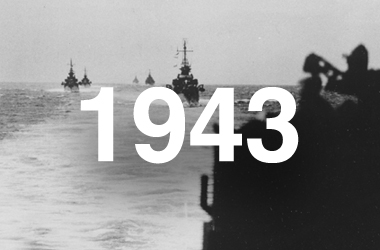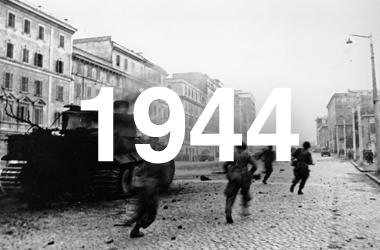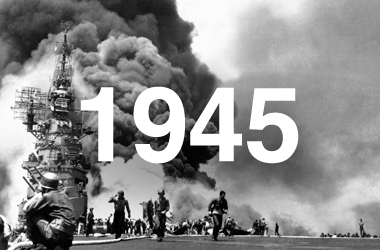Books About The Manhattan Project and Birth of the Atomic Bomb During World War II
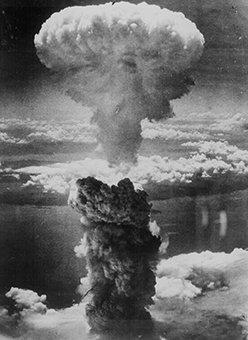
It is widely known that the atomic bombs dropped on Hiroshima and Nagasaki in Japan on August 6 and 9, 1945 effectively ended the Second World War and brought an allied victory. But the details of “Fat Man” and “Little Boy,” as they were called, and the stories surrounding them are fascinating. There are many different aspects to the atomic bombs, from their creation to their destruction. There’s the Manhattan Project and Robert Oppenheimer in the Los Alamos Laboratory in New Mexico. And the harrowing tale of the sinking of the U.S.S. Indianapolis as it returned home after delivering the bombs, where all but 900 men were lost to torpedoes and sharks. (Remember Quint’s story in Jaws? This is the boat he tells a fictional tale about.)
Here are great reads for people interested in books about the Manhattan Project and the birth of the atomic bomb that cover everything, from how the Manhattan Project wasn’t actually in Manhattan to the history behind the splitting of the atom and what that meant for weapons to who invented the atomic bomb and the damage done by the bombs after they were dropped in Japan.
As fascinating as reading a narrative about the Manhattan Project and the atomic bomb can be, Kelly has collected documents, essays, articles, and excerpts from histories, biographies, plays, novels, letters, and the oral histories of key eyewitnesses during the bomb's conception. They include the pre-eminent scientists, historians, and everyday observers who were a part of the Manhattan Project from when it began back in 1939.
This is a deep dive into the cause and effect of using the bombs. The weapons were deemed necessary to put an end to the war, and their use was approved by allied nations. But the realities of their controversial use were a lot more complicated. Watson explores how America actually deceived Britain about the bombs and how their use was necessary before the Russians deployed their own atomic weapons. He argues that the use of the bombs was not exactly a strategy to end the war but to warn off the Russians.
The world would be a vastly different place if the Nazis had won the race to creating the first atomic weapons. Many books about the atomic bomb cover the Manhattan Project, but this is a wild story about the real spy work and the sabotage that kept Hitler from achieving his dream of having nuclear capabilities. It's the incredible story of the several men and women who took part in what was called the Alsos Mission. These brave souls spied on the Nazis, undermined their work, assassinated key members of Germany's uranium club, and generally did whatever else was necessary to keep atomic weapons out of their hands.
And this thrilling read is about the key ingredient needed to make a nuclear bomb - uranium ore - and the race between the United States and Nazi Germany to be the first country to gather it. Uniquely high-quality uranium ore was only available in one place in the whole world: he Katanga province of the Belgian Congo at the Shinkolobwe Mine. Both sides worked to secretly procure and ship the vital ingredient, although every avenue of travel was teeming with spies and danger. Using newly discovered details from American and British archives, Williams recounts the unsung heroes of the uranium ore expeditions who helped keep the substance from falling into Hitler's hands.
History has, er, historically left out or downplayed the contributions of women throughout the ages. In this great nonfiction narrative aimed at teens, Montillo discusses the roles of women in creating the atomic bomb, from Lise Meitner and Irène Joliot-Curie (daughter of Marie), who helped get the project underway from Europe, to Elizabeth Rona, the foremost expert in plutonium. This fascinating read is sure to inspire a few budding scientists in the 21st century! It's a perfect book for readers who enjoyed Hidden Figures and Code Girls.
As award-winning biographer and science writer Graham Farmelo describes in Churchill's Bomb, the British set out to investigate the possibility of building nuclear weapons before their American colleagues. But when scientists in Britain first discovered a way to build an atomic bomb, Prime Minister Winston Churchill did not make the most of his country's lead and was slow to realize the Bomb's strategic implications. This was odd -- he prided himself on recognizing the military potential of new science and, in the 1920s and 1930s, had repeatedly pointed out that nuclear weapons would likely be developed soon. In developing the Bomb, however, he marginalized some of his country's most brilliant scientists, choosing to rely mainly on the counsel of his friend Frederick Lindemann, an Oxford physicist with often wayward judgment. Churchill also failed to capitalize on Franklin Roosevelt's generous offer to work jointly on the Bomb, and ultimately ceded Britain's initiative to the Americans, whose successful development and deployment of the Bomb placed the United States in a position of supreme power at the dawn of the nuclear age. After the war, President Truman and his administration refused to acknowledge a secret cooperation agreement forged by Churchill and Roosevelt and froze Britain out of nuclear development, leaving Britain to make its own way. Dismayed, Churchill worked to restore the relationship. Churchill came to be terrified by the possibility of thermonuclear war, and emerged as a pioneer of detente in the early stages of the Cold War.
Contrasting Churchill's often inattentive leadership with Franklin Roosevelt's decisiveness, Churchill's Bomb reveals the secret history of the weapon that transformed modern geopolitics.
By clicking ‘Sign Up,’ I acknowledge that I have read and agree to Hachette Book Group’s Privacy Policy and Terms of Use
Explore More World War II History Books
Discover the Key Moments of Each Year of World War II
